The best audio mixers for podcasting allow many microphone inputs, real-time sound adjustments, and enhanced audio control. This is why choosing the right mixer ensures clear, professional-grade recordings.
This guide ranks the 10 best sound mixers for podcasting based on features, ease of use, and value. From budget-friendly options to high-end studio mixers, here are the top picks.
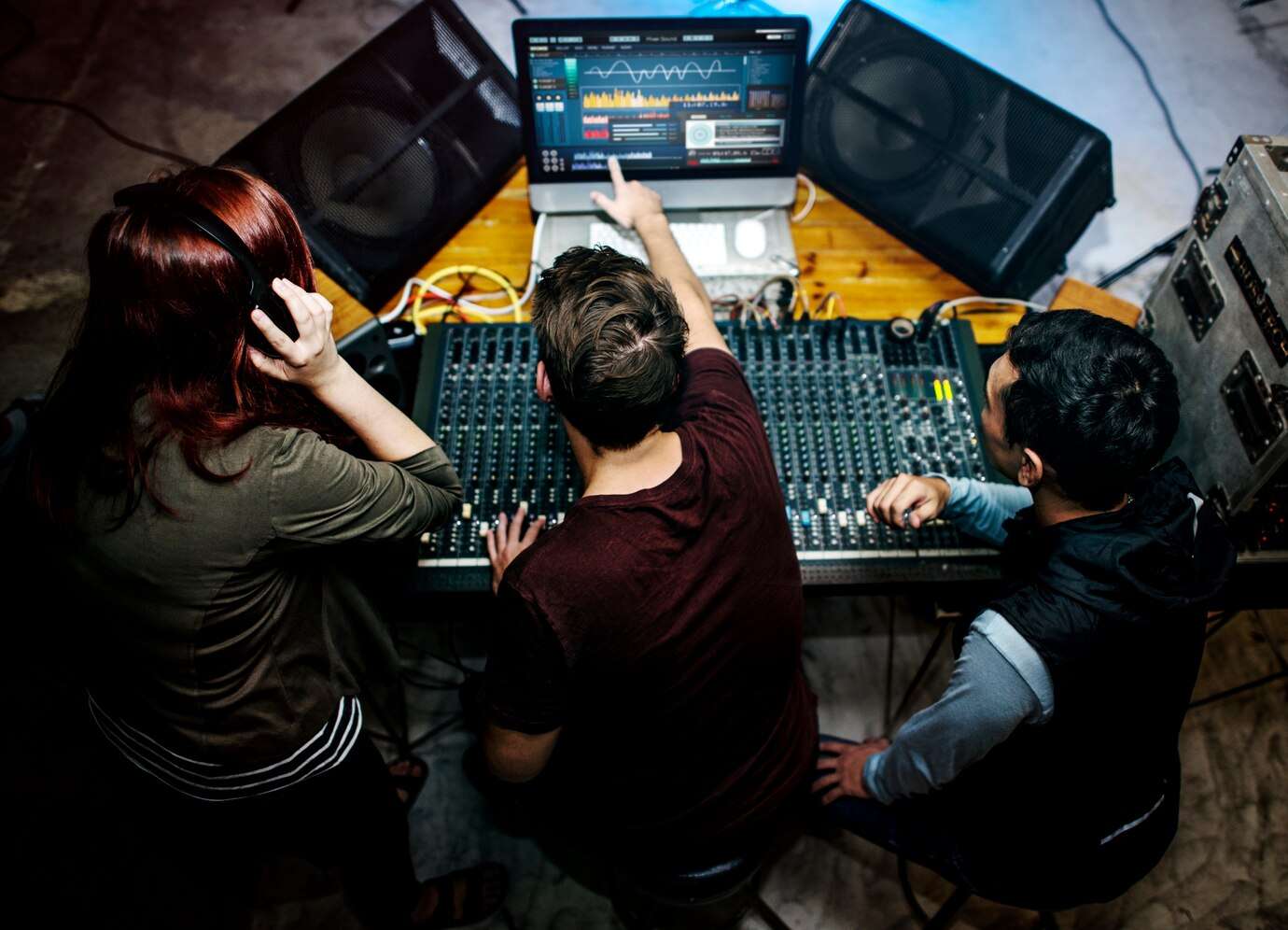
In this article
Comparison Table: Best Audio Mixers for Podcasting
Choosing the best sound mixer for podcasting can be overwhelming. There are many options ranging from beginner-friendly USB mixers to advanced digital consoles. This comparison table provides a quick overview of the top 10 audio mixers:
| Audio Mixer | Best For | Key Features | Price Range |
| Wondershare Filmora | Best for AI-Powered Audio Editing | AI Voice Cloning, Voice Changer, AI Audio Denoise, Silence Detection, Audio Ducking | Mid |
| RØDECaster Pro | Professional Podcasters | Multi-track recording, Sound pads, High-quality preamps | High |
| Yamaha MG10XU | Budget-Friendly with USB | USB interface, Built-in effects, Compact design | Low-Mid |
| Zoom PodTrak P8 | Portable Podcasting | Battery-powered, Multi-input, Touchscreen | Mid-High |
| Behringer Xenyx Q802USB | Beginners | USB connectivity, Built-in preamps, Affordable | Low |
| Focusrite Scarlett 18i8 | Multi-Guest Podcasts | Multiple XLR inputs, Low latency, High-quality preamps | Mid-High |
| Mackie ProFX12v3 | Live Podcasting & Streaming | 12 channels, Built-in effects, USB interface | Mid |
| Tascam Mixcast 4 | Alternative to RØDECaster Pro II | Touchscreen controls, Multi-track recording, Sound pads | High |
| Behringer X32 Producer | Advanced Audio Control | Digital mixing, High-quality preamps, USB/FireWire | High |
| Soundcraft Signature 12MTK | Audio Purists | Analog sound, USB interface, Low-noise preamps | Mid-High |
Part 1. Top 10 Best Audio Mixers for Podcasting
The comparison table gives you a quick overview of the best mixers for podcasting based on features, use cases, and price range.
In this section, you’ll review the top 10 best audio mixers for podcasting in 2025, covering their key features, best use cases, and why they stand out. Time to dive in!
Wondershare Filmora – Best Audio Mixer for Podcasting
Unlike traditional hardware mixers, Wondershare Filmora is a software-based solution. The platform gives podcasters advanced AI-powered audio editing tools. It offers voice cloning, noise reduction, and silence detection, making post-production seamless.
Filmora simplifies podcasting with powerful automation tools for high-quality sound output. Below are Filmora’s key features:
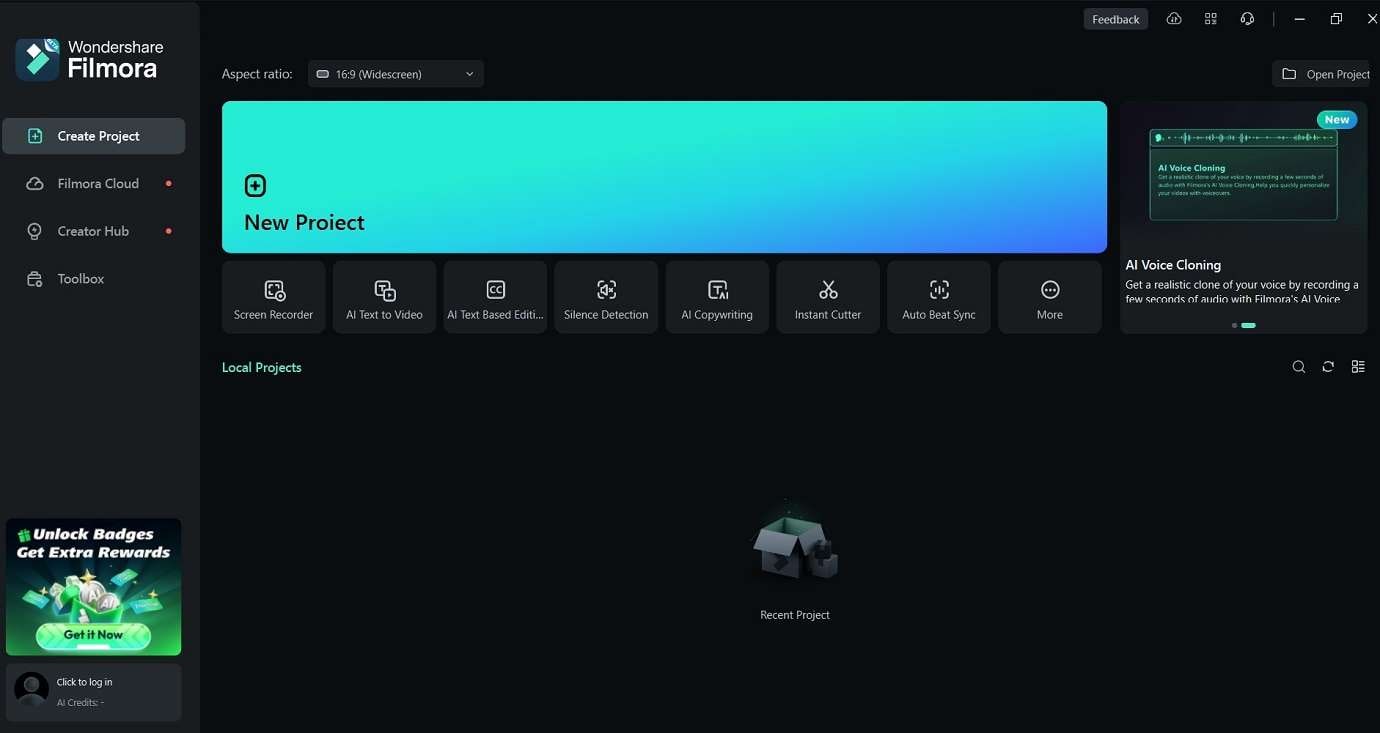
- Audio editing (including speech-to-text). Transcribe spoken words into text for easy editing and captions.
- Screen record. Capture high-quality audio and video directly from your screen for interviews or remote podcasts.
- Smart short clips. Uses AI to auto-generate short, engaging clips from long recordings, perfect for social media.
- Audio to video. Syncs audio with visuals, making it easy to create video versions of your podcast.
- Text-based editing. Edit your podcast by changing the transcript. Make it faster and more intuitive than timeline-based editing.
RØDECaster Pro – Best for Professional Podcasters
RØDECaster Pro is an all-in-one podcast production studio. It combines a mixer, recorder, and sound effects panel into one device. It’s designed for professional podcasters who need seamless workflow integration. This mixer delivers broadcast-quality sound without needing extra software. RØDECaster Pro’s features are: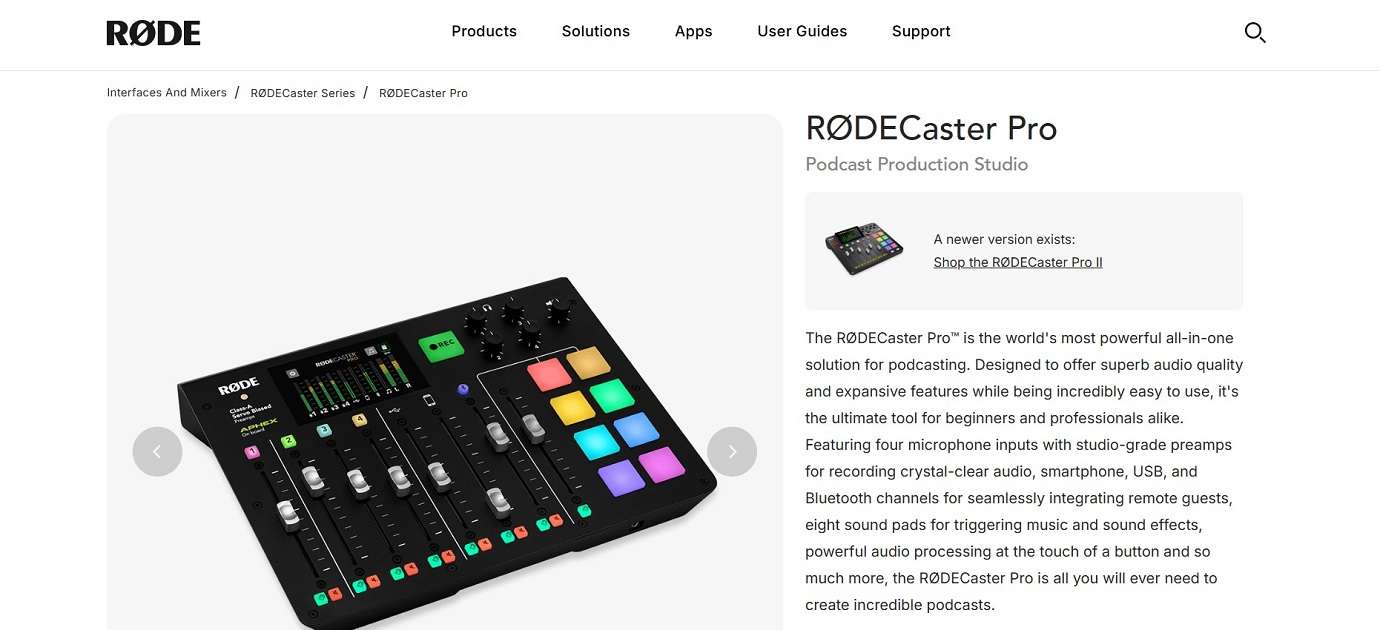
- High-quality class-A areamps. Delivers crystal-clear, low-noise recordings for professional audio output.
- Multi-track recording. Allows each microphone and sound effect to be recorded separately for precise editing.
- Customizable sound pads. Assign sound effects, jingles, and intros to instant-play buttons.
Yamaha MG10XU – Best Budget Mixer with USB
Yamaha MG10XU is an affordable yet powerful analog mixer that includes a built-in USB audio interface. Ideal for podcasters on a budget, it offers high-quality preamps, onboard effects, and compact portability. The simple controls make it beginner-friendly. Meanwhile, its rugged design ensures long-term durability. Here are Yamaha MG10XU’s key features: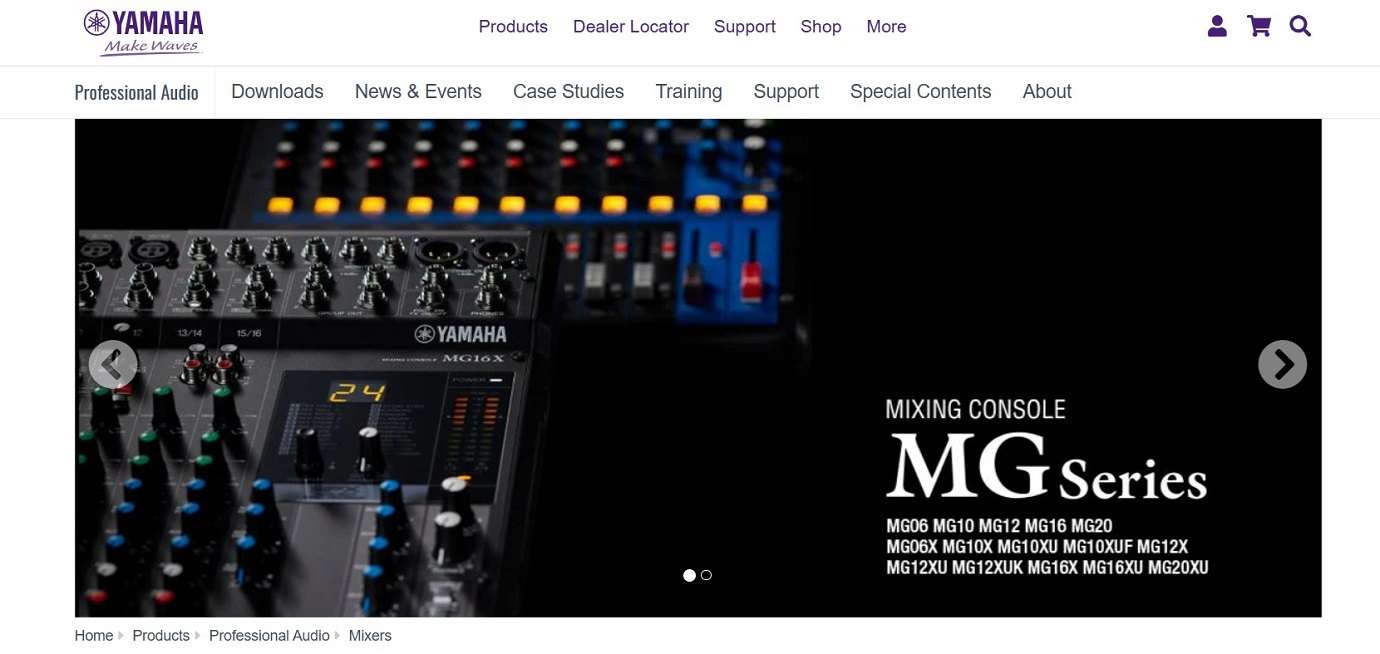
- Studio-grade effects. Includes reverb, delay, and modulation effects for enhanced audio.
- USB interface. Allows direct connection to a PC or Mac for digital recording.
- 10-channel mixer. Accommodates multiple microphones and audio sources for flexible setups.
Zoom PodTrak P8 – Best for Portable Podcasting
Designed for on-the-go podcasters, the Zoom PodTrak P8 features a battery-powered design, touchscreen interface, and multi-input capability. With six XLR inputs, built-in sound pads, and an intuitive interface, it’s a compact yet powerful mixer that works well in remote and travel-friendly podcast setups.

- 6 XLR inputs. Supports many microphones for multi-host and guest interviews.
- Touchscreen interface. Provides easy access to volume, effects, and recording controls.
- SD card recording. Allows standalone operation without needing a computer.
Behringer Xenyx Q802USB – Best Mixer for Beginners
Behringer Xenyx Q802USB is a budget-friendly audio mixer that offers basic yet essential features for new podcasters. It provides simple USB connectivity, built-in preamps, and basic EQ settings for easy plug-and-play recording. Its features are broken down below:

- USB plug-and-play functionality. Connects directly to computers for easy digital recording.
- Built-in Xenyx preamps. Delivers cleaner, more professional audio without extra gear.
Focusrite Scarlett 18i8 – Best for Multi-Guest Podcasts
Focusrite Scarlett 18i8 is designed for podcasters who regularly host multiple guests. The tool has four high-quality mic preamps, many audio inputs, and ultra-low latency. It ensures professional-grade audio recording and easy integration with recording software. It’s a versatile and efficient choice for multi-person podcasts due to these features:
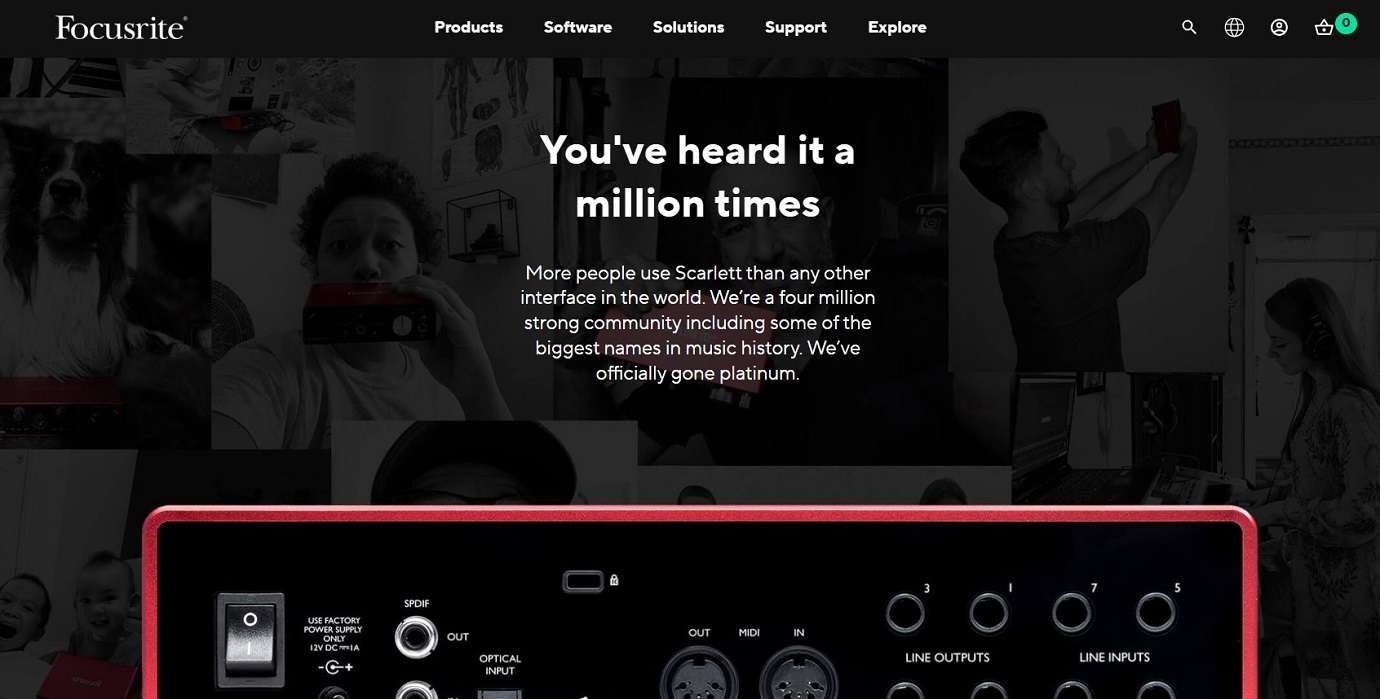
- Four Scarlett mic preamps. Delivers crystal-clear audio with low-noise recording and enhanced vocal depth.
- Eight analog inputs. Allows many microphones, instruments, or sound sources for dynamic podcast setups.
- Ultra-low latency. Provides real-time monitoring without delay, ensuring smooth recording sessions.
Mackie ProFX12v3 – Best for Live Podcasting & Streaming
Mackie ProFX12v3 is a 12-channel analog mixer built for live podcasting and streaming. The tool offers GigFX effects, high-resolution USB audio recording, and powerful EQ options. It’s a go-to choice for podcasters who want seamless live sound management. Its features are:
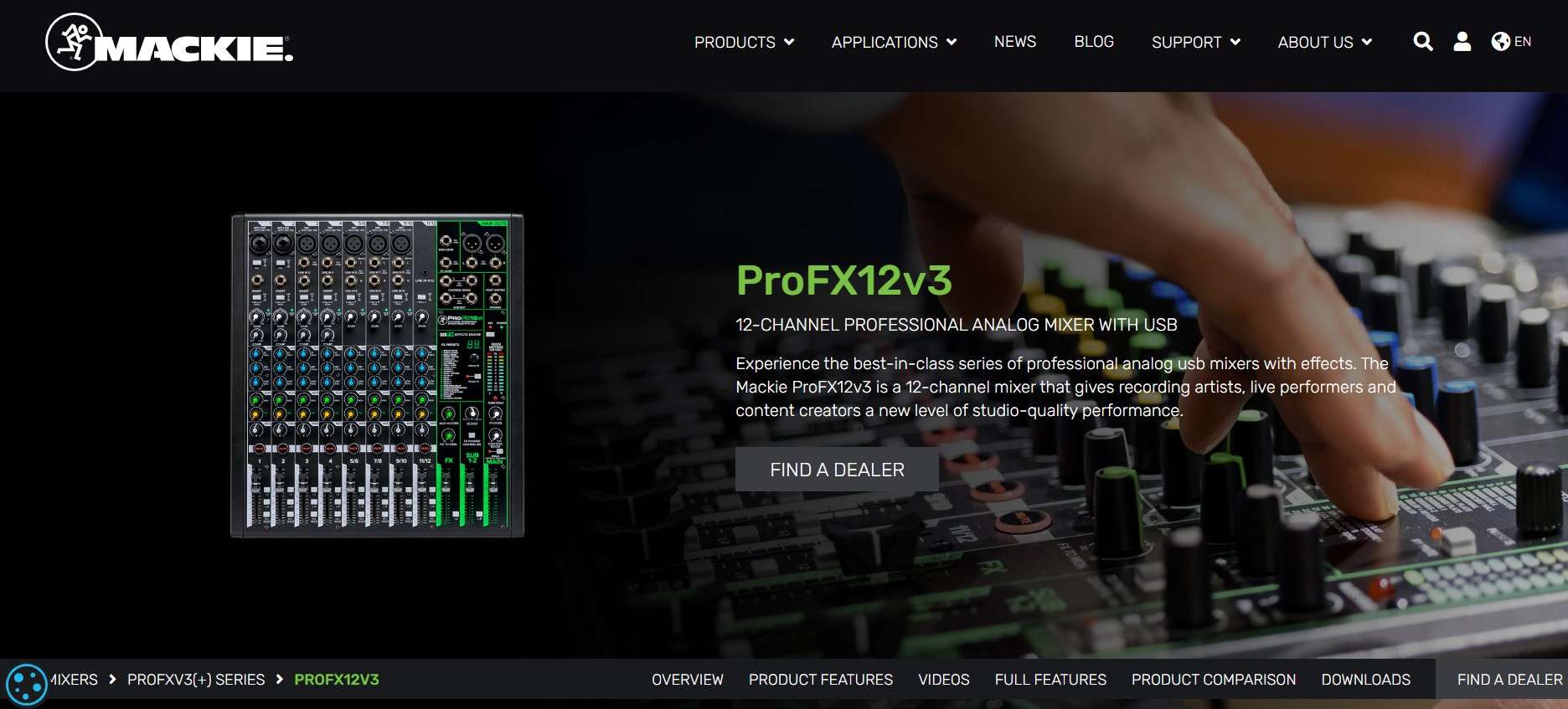
- 12-channel mixer with GigFX effects engine. Provides studio-quality sound effects like reverb, delay, and distortion.
- 24-bit / 192 kHz USB recording. Captures high-resolution audio, making it ideal for professional-quality podcasts.
- Onboard 3-Band EQ and compression. Ensures clear, well-balanced audio levels during live recordings.
Tascam Mixcast 4 – Best Alternative to RØDECaster Pro II
Tascam Mixcast 4 is a feature-rich podcast mixer designed for podcasters looking for an alternative to the RØDECaster Pro. It offers intuitive touchscreen controls, multi-track recording, and sound pad effects. The mixer is perfect for both solo and multi-guest podcasting with these features:
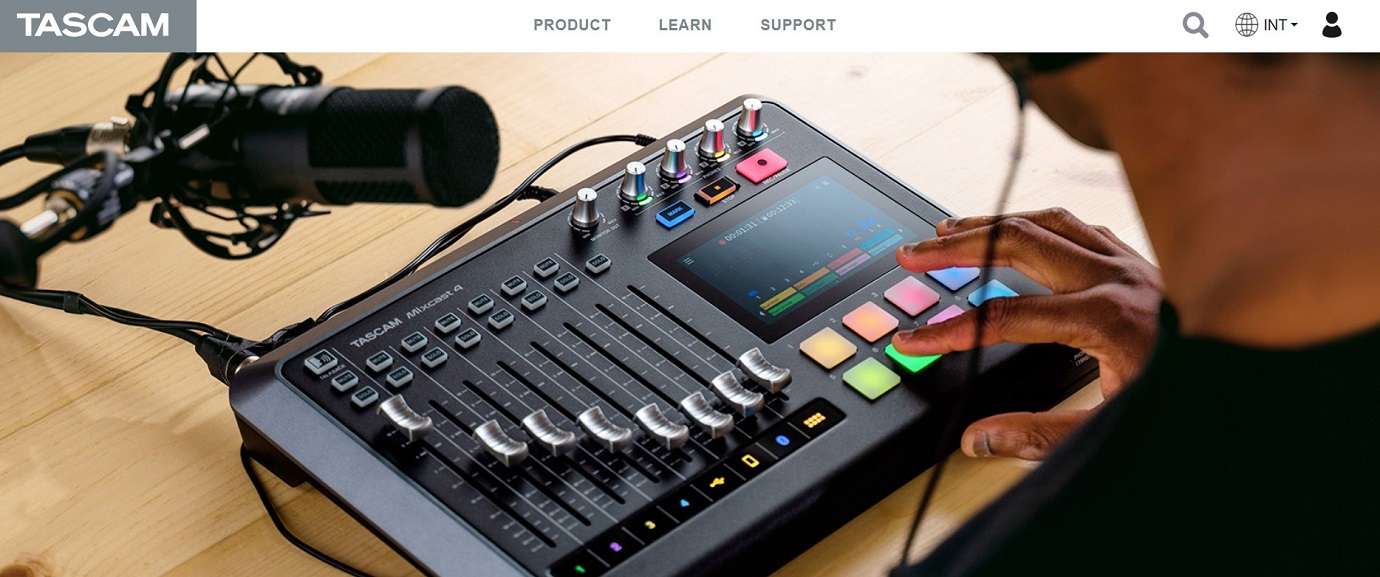
- Intuitive 5-inch touchscreen interface. Provides easy access to controls, effects, and settings without manual adjustments.
- Multi-track recording to SD Card or USB. Allows post-production editing and adjustments for professional-quality output.
- Programmable sound pads. Customize sound effects, jingles, and intros for a unique podcasting experience.
Behringer X32 Producer – Best for Advanced Audio Control
Behringer X32 Producer is a fully digital mixer with state-of-the-art preamps, multi-channel recording, and customizable controls. It’s best suited for podcasters with complex setups and in-depth audio processing needs. Its features are:
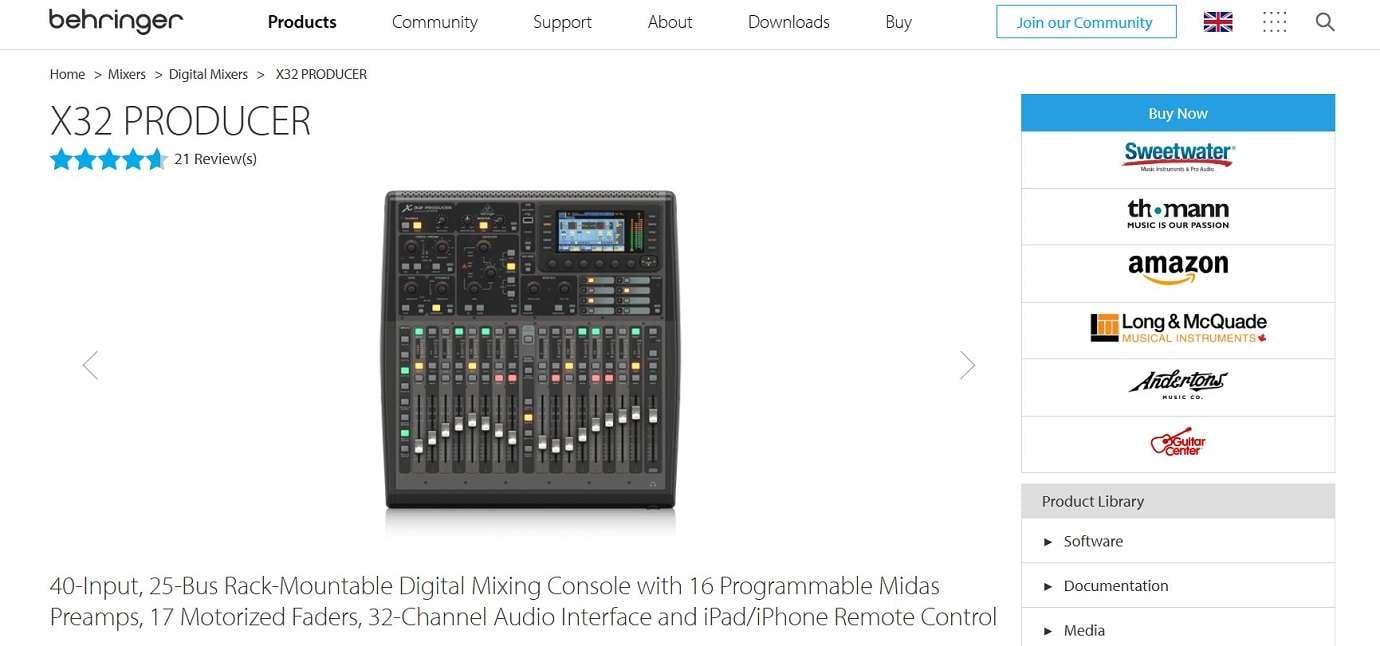
- 40-input, 25-bus digital mixing system. Provides full control over audio sources, effects, and mix routing.
- Midas-designed preamps. Delivers pristine sound clarity, reduced background noise, and studio-grade performance.
- USB and FireWire connectivity. Ensures seamless integration with DAWs (Digital Audio Workstations) for enhanced editing.
Soundcraft Signature 12MTK – Best for Audio Purists
Soundcraft Signature 12MTK is a hybrid analog-digital mixer known for its warm, natural sound. It offers multi-track recording via USB. It’s a favorite among audio purists who want a classic analog sound with modern digital convenience. Its features are:
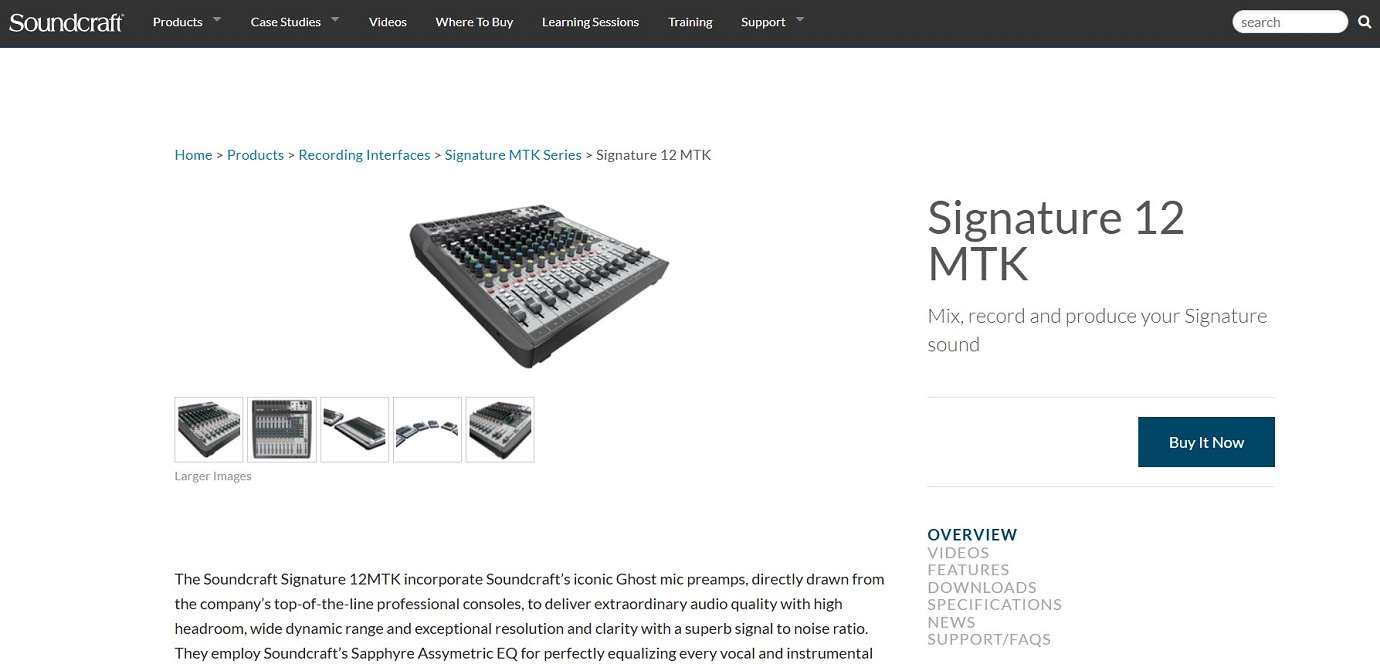
- USB multi-track recording. Records each channel separately for post-production flexibility.
- Built-in Lexicon effects. Provides studio-grade reverb, delay, and modulation for high-quality sound enhancements.
Part 2. How To Choose the Best Mixer for Your Podcast
Picking the best mixer for podcasting depends on your specific needs, recording setup, and budget. Here’s what to consider:
- Number of hosts & guests
If you regularly host guests, choose a mixer with multiple XLR inputs for seamless multi-person recordings.
- Built-in effects & processing
Reverb, noise gates, and compression enhance audio quality without needing extra software.
- USB connectivity vs. standalone recorders
USB mixers work directly with a computer. Standalone recorders operate independently for remote recordings.
- Portability vs. studio setup
If you're on the go, a compact, battery-powered mixer like the Zoom PodTrak P8 is ideal. For a studio, a larger model like the Behringer X32 Producer offers more control.
- Budget considerations
Balance cost with essential features. Affordable options like Behringer Xenyx Q802USB are great for beginners. Meanwhile, premium models offer more flexibility.
Part 3. Future Trends in Podcasting Mixers
As podcasting continues to grow, mixing technology is evolving. Here are some key trends shaping the future:
- AI-powered audio processing. Filmora uses AI for automated noise reduction, voice enhancements, and real-time editing.
- Cloud-based mixers. Remote podcasting solutions will allow real-time collaboration and cloud recording.
- Integrated streaming features. More mixers will have built-in streaming support for platforms like YouTube and Twitch.
- More affordable digital mixers. Expect to see high-end features becoming more budget-friendly for independent podcasters.
Conclusion
Choosing the best mixing board for podcasting depends on your budget, setup, and experience level. For beginners, Behringer Xenyx Q802USB is a great entry-level choice. Meanwhile, professionals will benefit from RØDECaster Pro or Behringer X32 Producer.
For advanced post-production, Filmora offers AI-powered tools to automate your productivity. You can take advantage of voice cloning, noise removal, and silence detection. The platform is a good mixer for podcasting that helps you with digital editing.
Start podcasting today with the right mixer!



 100% Security Verified | No Subscription Required | No Malware
100% Security Verified | No Subscription Required | No Malware


